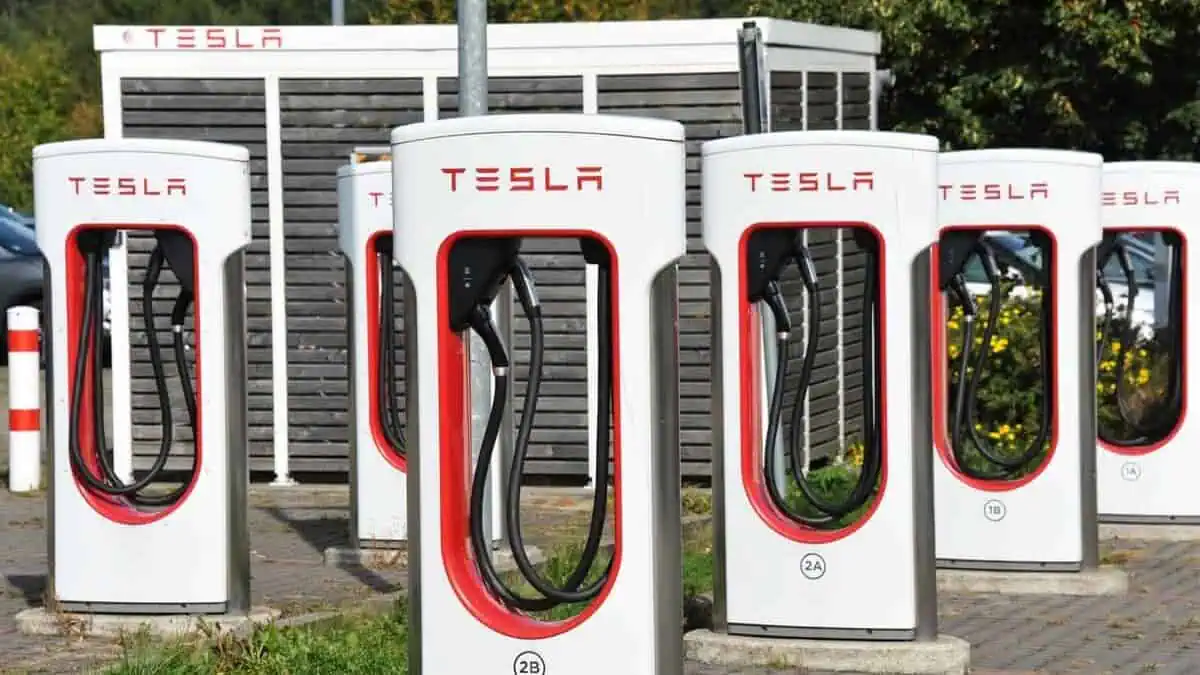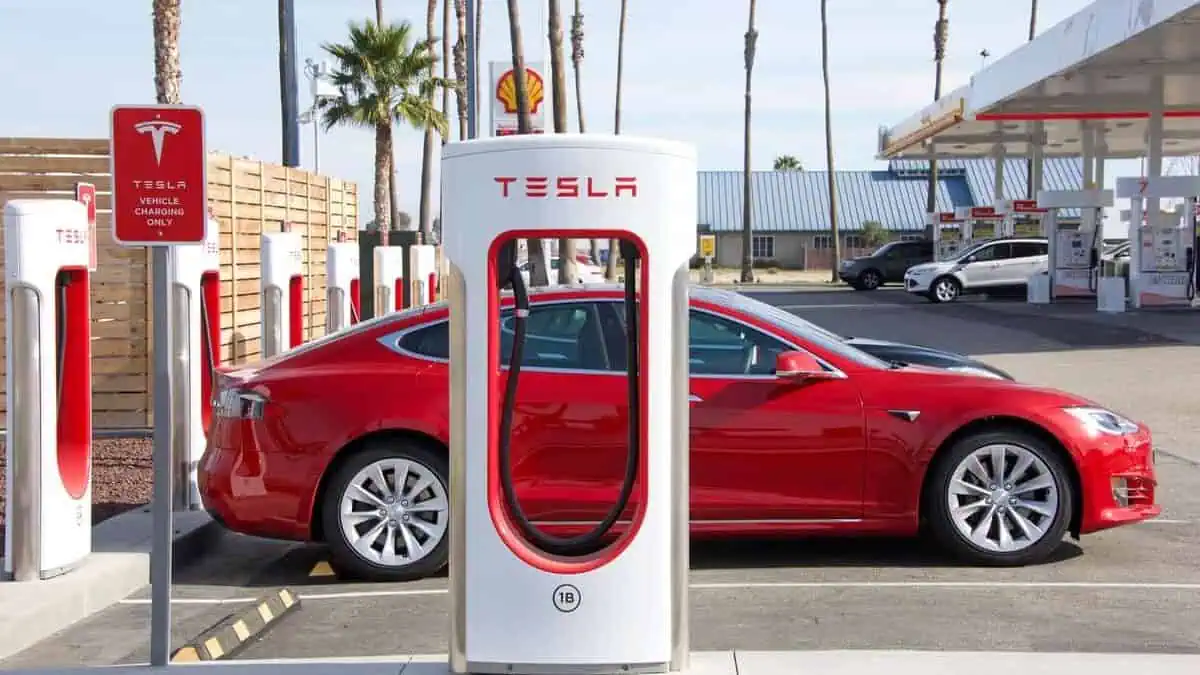Seven major electric vehicle players announced Wednesday plans to collaborate in developing a new charging network to compete with Tesla’s reputable Superchargers in North America.
Most importantly, the new joint venture formed by BMW Group, General Motors, Honda, Hyundai, Kia, Mercedes-Benz Group, and Stellantis NV aims to boost EV uptake in the region by offering “more convenient, accessible, and reliable” charging options.
As per the announcement, the planned EV charging network will almost double the current fast-charging plugs in the US and Canada.
Project details
The new joint venture aims to deploy 30,000 high-powered charge points across urban and highway sites in North America. These strategic points will enable customers to access the charging network conveniently everywhere and whenever needed.
As the seven major automakers intend to focus on offering a superior customer experience, they ensured that the proposed charging network would have the following qualities:
- high-power
- reliability
- digital integration
- appealing locations
- various amenities while charging
- renewable energy usage
Notably, the JW will open the charging network to all EVs regardless of brand. It will also include both a Combined Charging System (CCS) and Tesla’s North American Charging Standard (NACS) plugs. Offering both charging plugs will enable the JV to receive government subsidies. As EV-a2z previously reported, the US government will provide billions of dollars in federal subsidies for charging companies, including both charging plugs.
The press release noted that the companies expect to launch the first stations in the summer of next year in the US. Canada will follow it as the later phase of the development.
With this project, the companies aim to advance as the region’s leading high-powered EV charging provider. However, the founding partners have yet to disclose the exact value of the investment and the number of charging stations.
Benefits
These companies’ movement toward boosting the current charging infrastructures in the region will significantly encourage more people to at least think of joining the EV transition.
“Anything that gets more — and especially more reliable chargers — out there will be a benefit to anybody considering EVs. It should help sway some people who were on the fence about buying an EV.”
Sam Abuelsamid, Guidehouse Insights E-mobility Analyst
Furthermore, it will also bridge the gap between the growing number of electric cars and reliable public charging stations in North America.
For context, the US Department of Energy indicated that the country has 32,000 public DC fast chargers that cater to 2.3 million EVs as of July 2023. The (National Renewable Energy Laboratory) NREL also suggests that the US will need 182,000 DC fast chargers to sustain the upcoming 30-42 million plug-in vehicles by 2030.
See Also:
- Polestar follows Volvo’s lead in adopting Tesla’s North American Charging Standard
- NACS vc CCS: Which EV charging plug is better?
- Nearly 50% of US car buyers intend to buy an EV, but concerns over charging infrastructures remain
- Texas requires state-backed charging stations to include Tesla NACS
- Market of EV charging stations will grow by $15.81 billion between 2021 and 2026
Industry experts expect the EVs to top 50% of the US’ overall vehicle sales by the decade’s end. That said, the demand for more charging infrastructures would further intensify.






